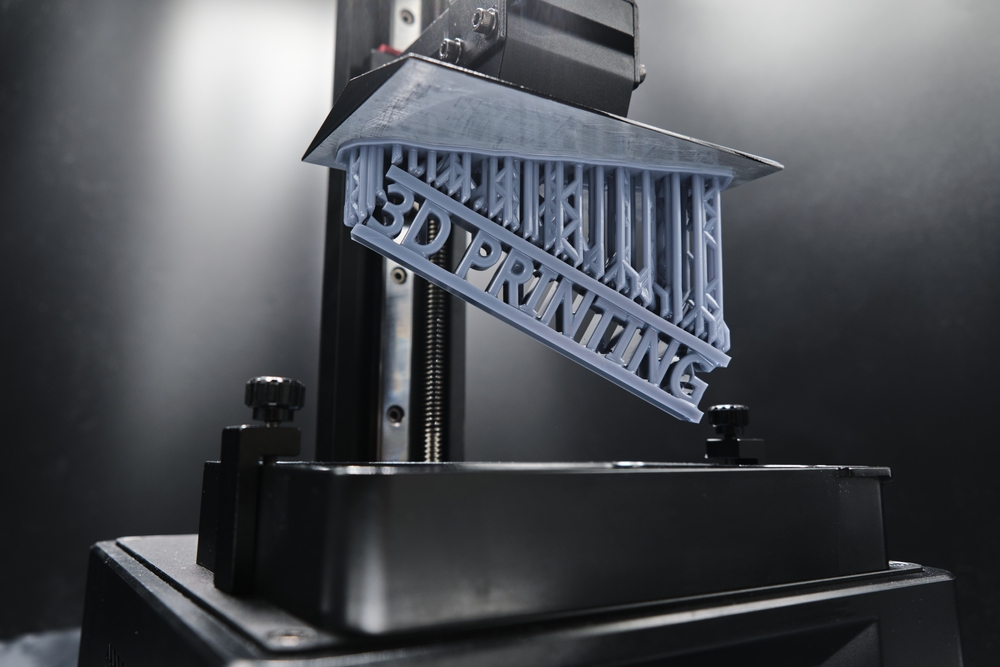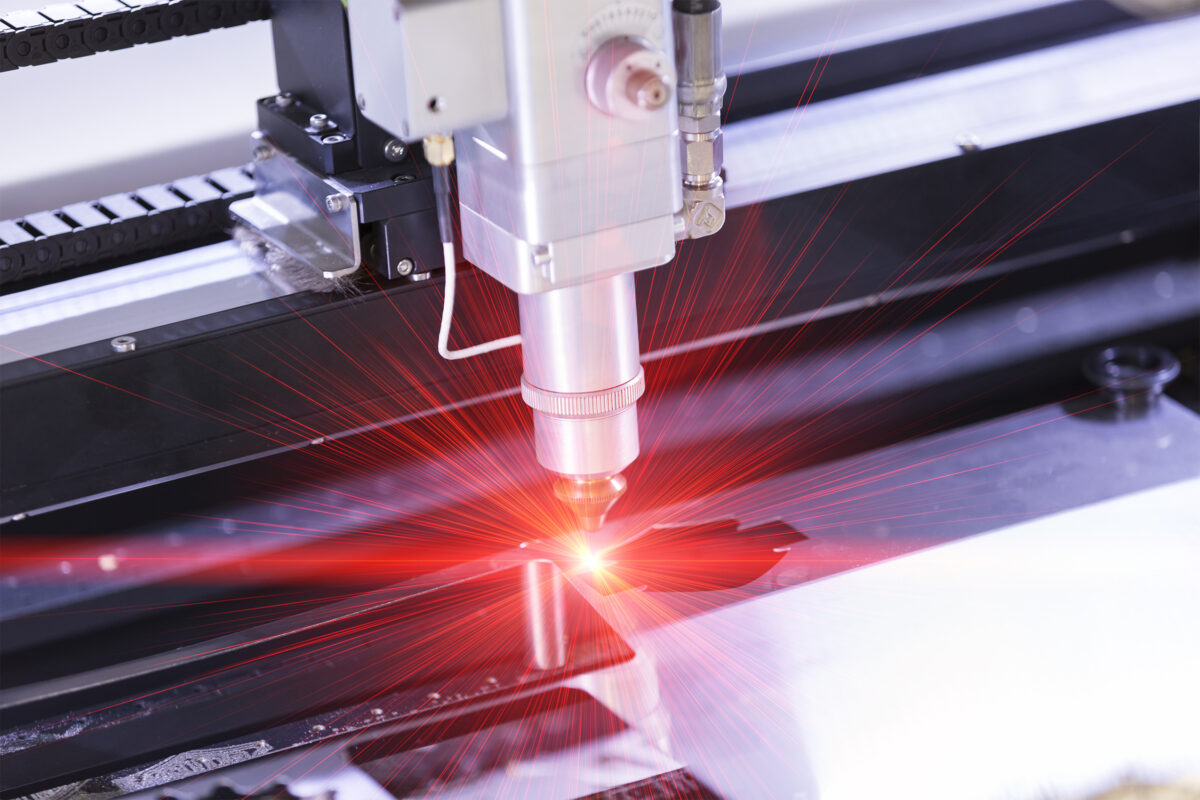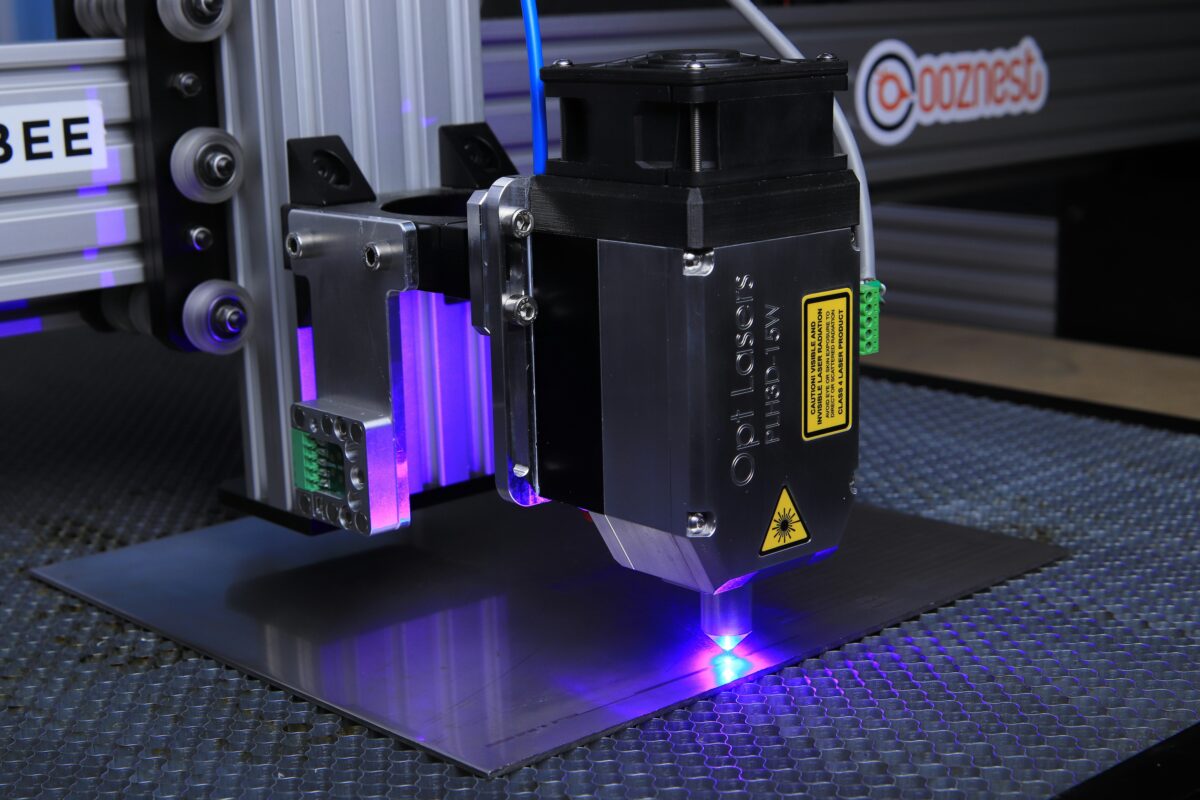Eight Creative Ideas for a school “Wall of Achievement”
Celebrating student success is about more than ribbons and certificates. It’s about building confidence, fostering motivation, and reinforcing effort. A thoughtfully designed “Wall of Achievement” can help create a school culture that values growth and encourages students to reach their full potential.
At AGC Education, we believe recognition should be both meaningful and visible. Whether you’re looking to upgrade your existing achievement wall or start from scratch, these creative, classroom-friendly ideas will help you highlight the amazing things your students are accomplishing.
1. Themed Achievement Wall Display Ideas
A theme brings personality to your wall of achievement while simultaneously tying it all together. Try categories like “Rising Stars,” “Trailblazers,” or “Champions of Kindness” to reflect your school’s values. Use coordinated signage and student-created art to reinforce the theme.
AGC Tip: Use a cut-out machine to easily create clean, bold lettering for your headers, themes, or student nameplates.
2. Interactive Digital Displays
Modern recognition walls don’t only have to include paper and photos. For extra flair, incorporate a screen that rotates student accomplishments, videos of performances, or highlights from recent events. This adds movement and captures students’ attention throughout the day.
Bonus: Pair with an AGC poster printer to create complementary visuals or QR codes that link to student portfolios or class projects.
3. Personalized Student Spotlights
Dedicate space to student profiles, including photos, short bios, and highlights of academic or extracurricular achievements. This kind of student photo wall idea not only recognizes individual effort but also helps build community and connection throughout your school.
Optional Add-On: Consider adding a rotating “Student of the Month” section that lets peers nominate classmates based on values like teamwork or creativity.
4. Collaborative Student Work Walls
Turn your wall of achievement into a showcase for collaborative projects. Shine a spotlight on group efforts in science, social studies, or art with concise descriptions of the process and photos of the final outcome. This is an excellent way to implement student work wall ideas that celebrate creativity while displaying the fruits of your students’ learning efforts.
5. Timeline of Success
Create a chronological display of achievements throughout the school year. This could be an assortment of spelling bee winners, reading milestones, or robotics competitions—all of which create a timeline that adds visual interest and shows progress over time. It’s a great way to show students how their peers contributed to the school’s collective growth (and get inspired to add their own chapter).
6. Multimedia Recognition Walls
Mix it up to keep the board interesting by combining different media types. Add photographs, written reflections, and student-created artwork to create a visually diverse and engaging wall of accomplishments. For an added bonus, tie in QR codes that link to videos, digital portfolios, or class blogs.
This approach is an outstanding option, especially for schools integrating technology or project-based learning into their curriculum.
7. Rotating Displays
Keep your achievement wall fresh and engaging by swapping out content regularly. This could be weekly, monthly, or anything in between. Routine updates ensure that more students are recognized throughout the year and keep excitement high.
Use vinyl lettering or printed elements that only take a few minutes to swap with AGC’s vinyl cutters or printers—perfect for updating content without recreating the whole display.
8. Community and Alumni Connections
Invite past students, parents, or community partners to share encouraging notes or personal accomplishments. Adding these stories to your wall of achievement connects current students to those who’ve come before them, reinforcing a school-wide culture of aspiration and success.
Bring Your Wall of Achievement to Life
Designing a meaningful achievement wall doesn’t require a full renovation, just intention, creativity, and the right tools. Whether you’re building a simple student photo wall, a rotating project showcase, or a multimedia student work wall, recognition can—and should be—a regular part of the school experience.
AGC Education provides classroom-ready tools like poster printers, cut-out machines, and sublimation stations that make it easier than ever to bring these achievement wall ideas to life. Explore how our solutions can support your school’s recognition goals because when students see their efforts on display, they rise to meet their potential.







